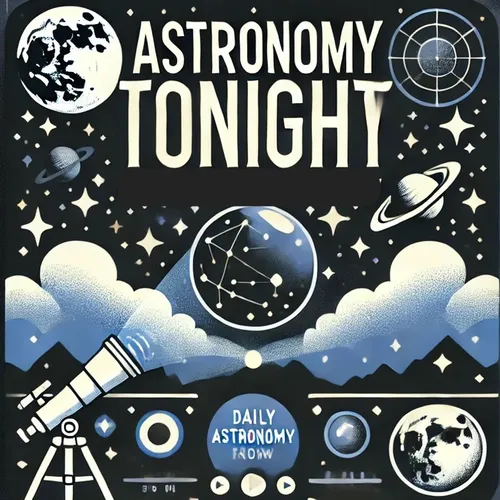Astronomy Tonight for - 09-25-2024
- Author
- Inception Point Ai
- Published
- Wed 25 Sep 2024
- Episode Link
- https://www.spreaker.com/episode/astronomy-tonight-for-09-25-2024--62101173
On September 25, 1992, the Mars Observer spacecraft was launched by NASA from Cape Canaveral, Florida, with the mission to study the Red Planet in unprecedented detail. The spacecraft was designed to orbit Mars and collect data on the planet's geology, topography, and atmosphere.
The Mars Observer was equipped with a suite of scientific instruments, including a high-resolution camera capable of capturing images of the Martian surface with a resolution of about 1.5 meters per pixel. This would have allowed scientists to study the planet's surface features, such as its canyons, volcanoes, and ancient riverbeds, in greater detail than ever before.
Unfortunately, the mission ended in disappointment when contact with the spacecraft was lost on August 21, 1993, just three days before it was scheduled to enter orbit around Mars. Despite numerous attempts to re-establish communication, the spacecraft was never heard from again.
The loss of the Mars Observer was a significant setback for NASA's Mars exploration program, but it also served as a valuable lesson for future missions. The incident highlighted the importance of robust communication systems and the need for redundancy in spacecraft design.
In the years since the Mars Observer's loss, NASA has successfully sent several other spacecraft to study Mars, including the Mars Global Surveyor, Mars Odyssey, and the Mars Reconnaissance Orbiter. These missions have greatly expanded our understanding of the Red Planet and paved the way for future exploration, including the possibility of human missions to Mars in the coming decades.
So, while September 25, 1992, may have marked the beginning of a mission that ultimately ended in disappointment, it also serves as a reminder of the challenges and triumphs of space exploration and the enduring human quest to unravel the mysteries of our celestial neighbors.
This content was created in partnership and with the help of Artificial Intelligence AI
